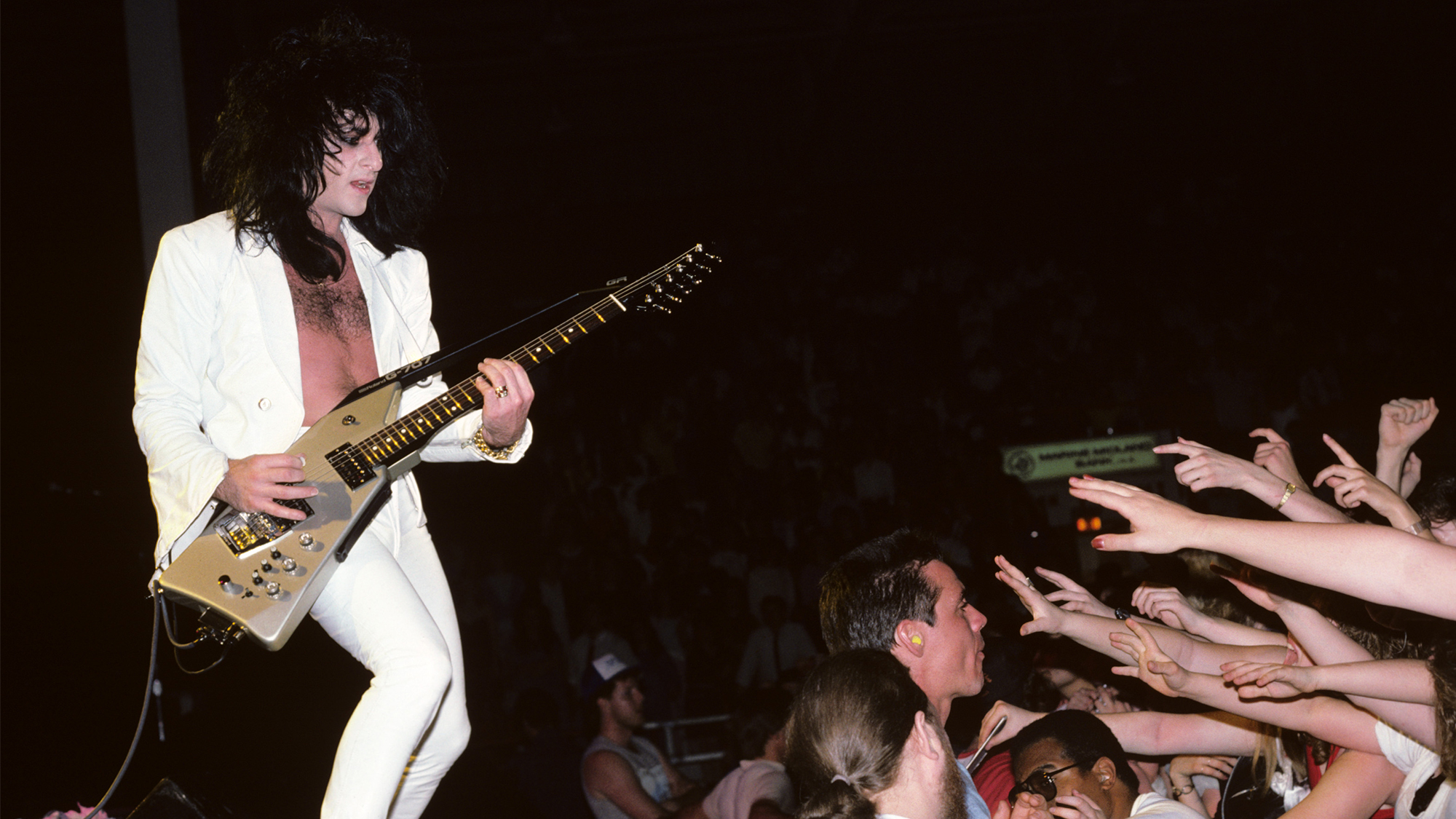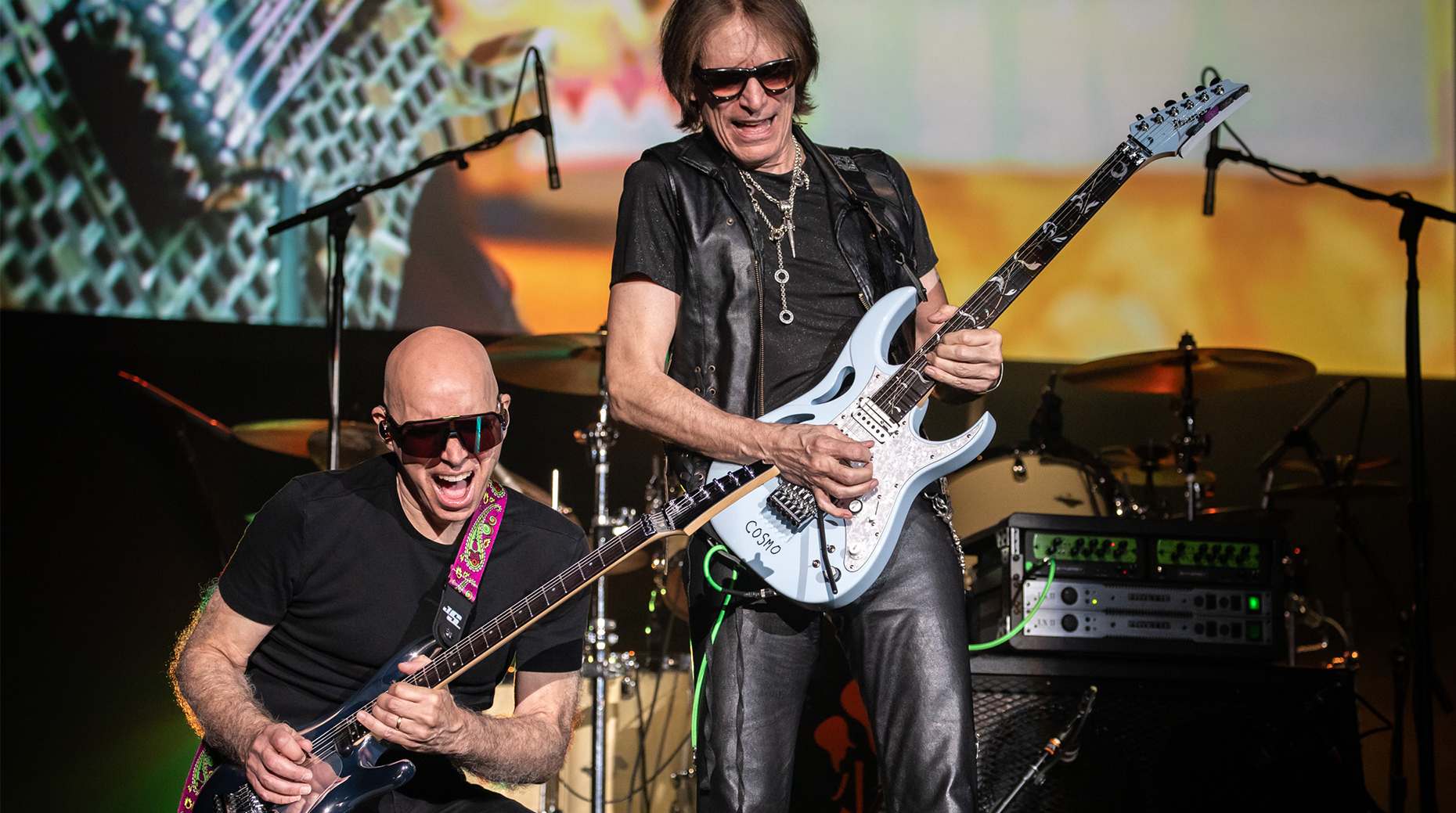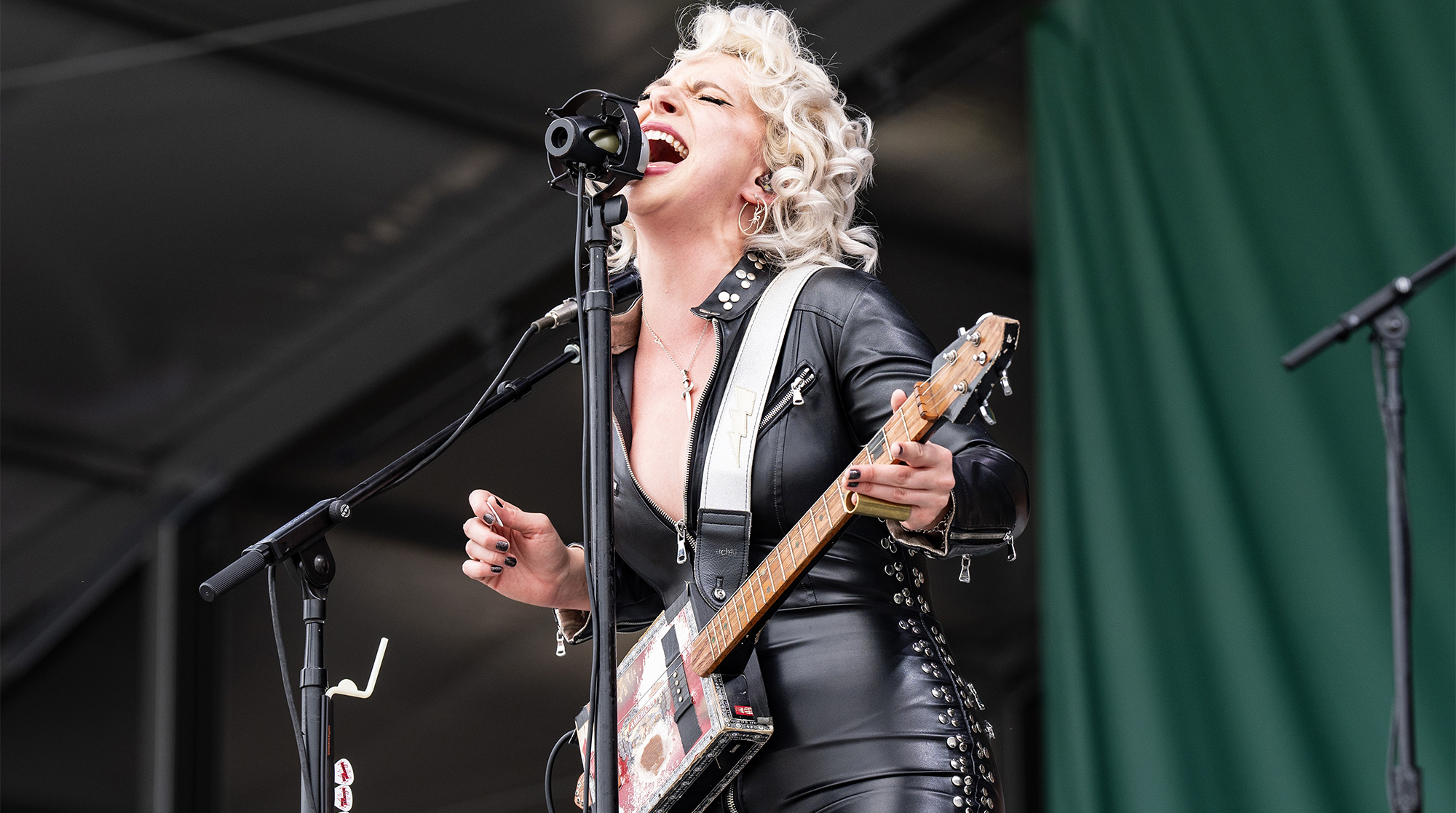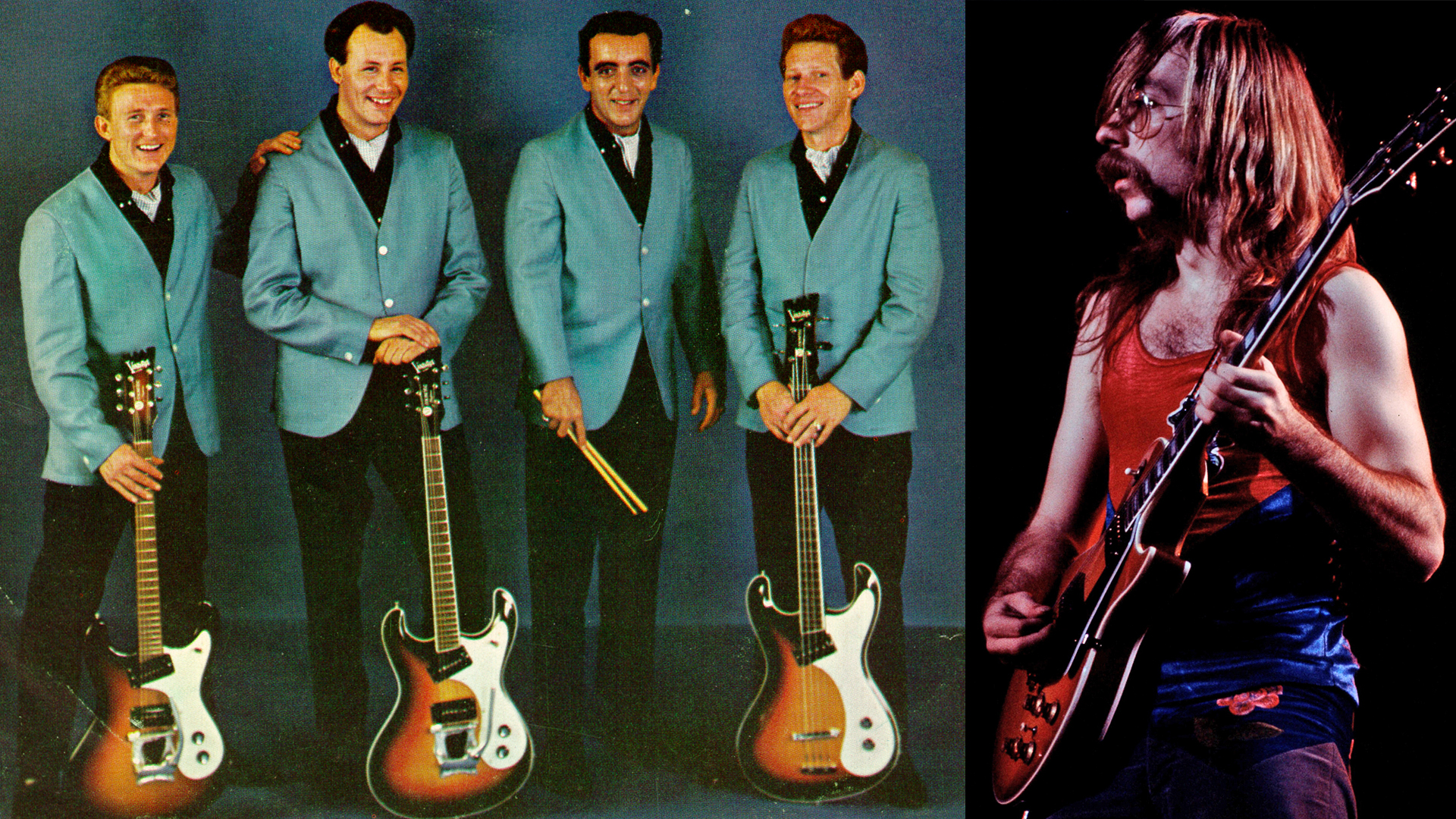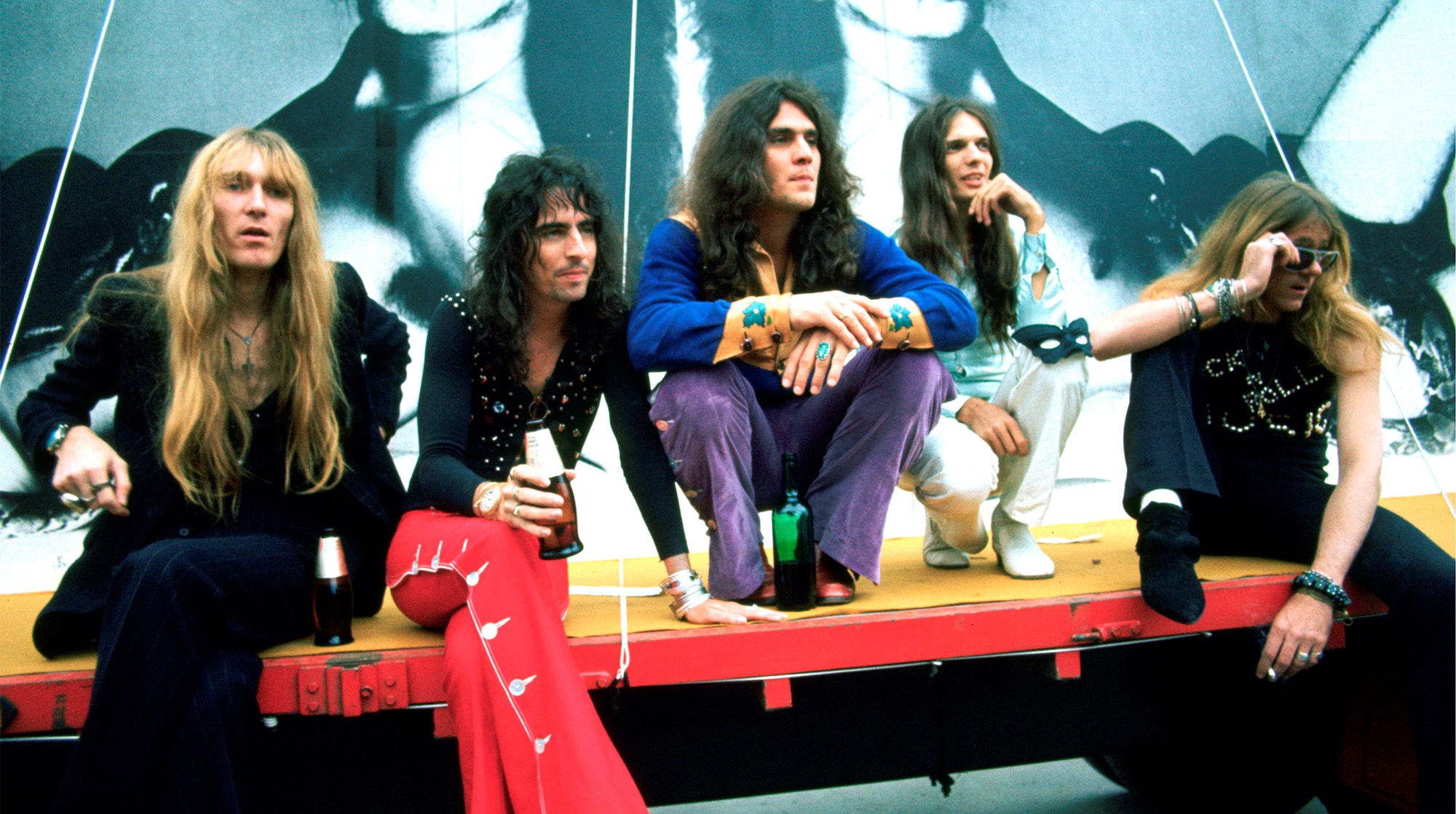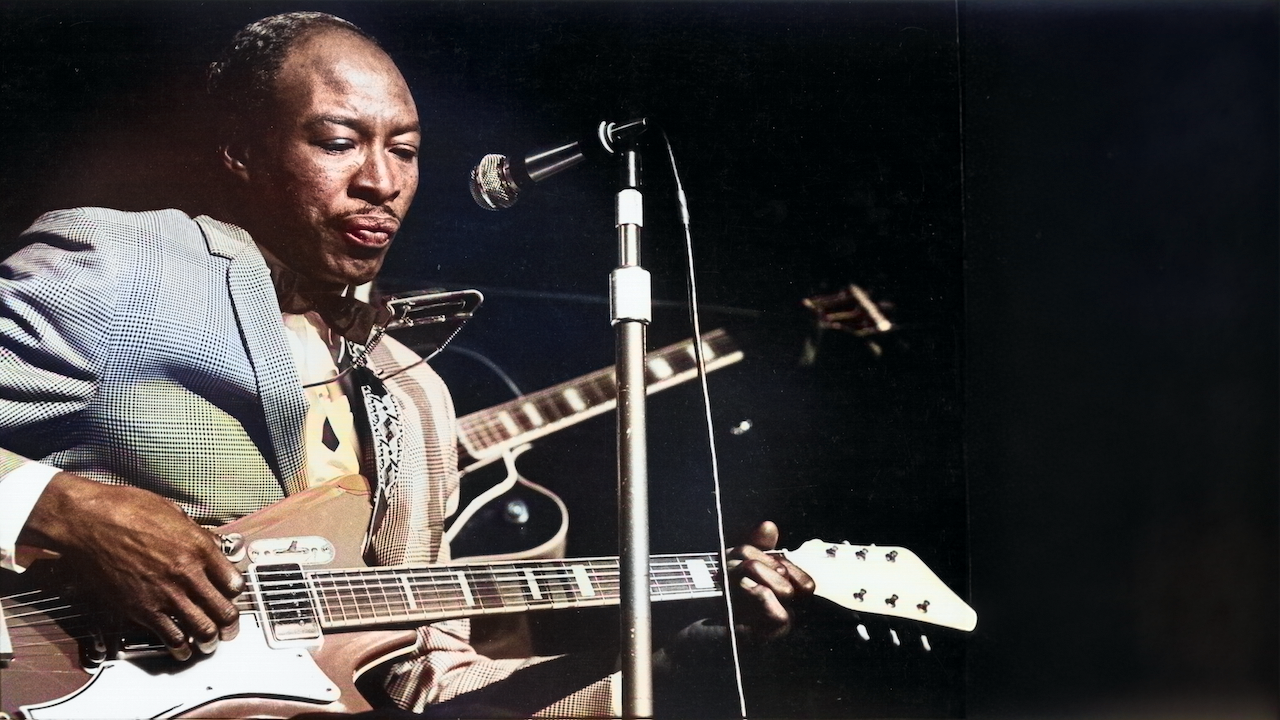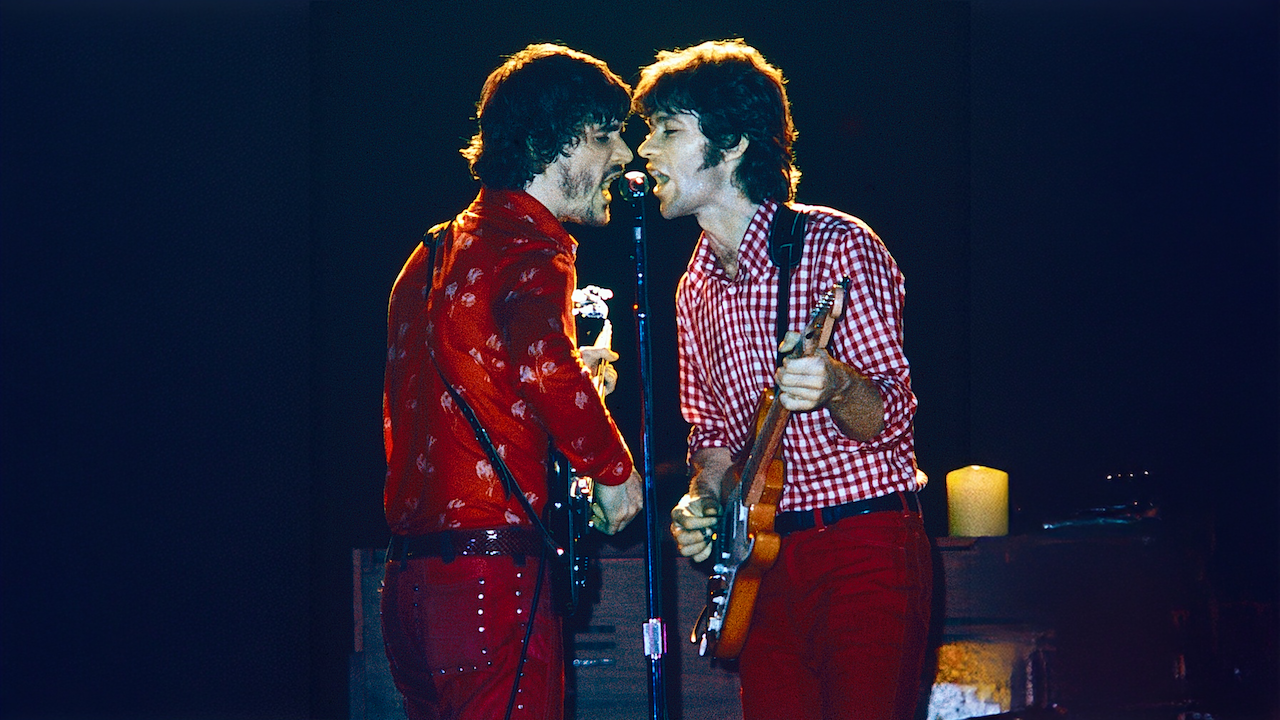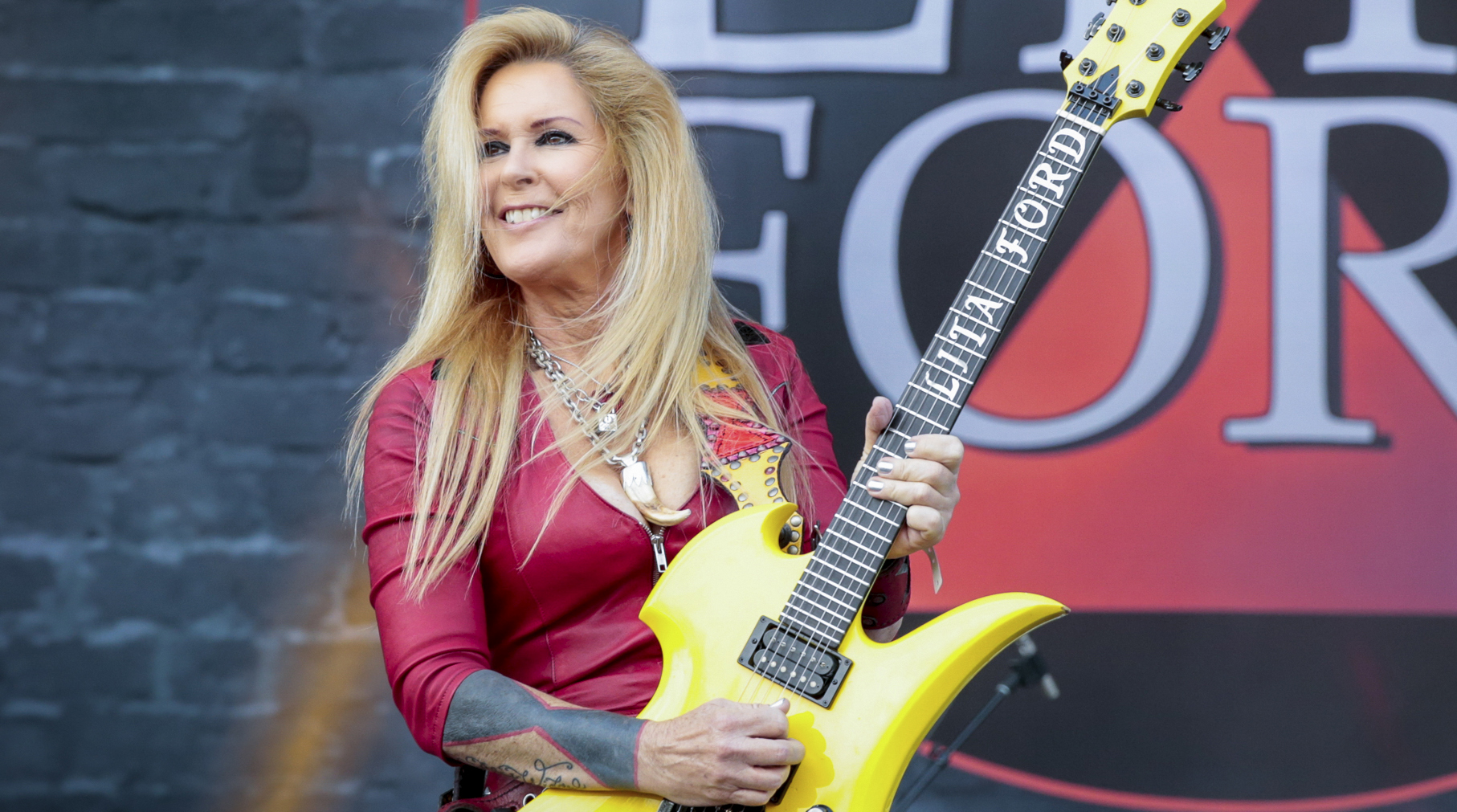"It’s on a lot of records, and it only cost me 285 bucks!" It's ugly and beat to hell, but Adrian Belew's Stratocaster is behind landmark albums by Frank Zappa, David Bowie, King Crimson and Talking Heads
The guitarist told us the history of his Strat, which he bought off the wall after his previous axe disappeared
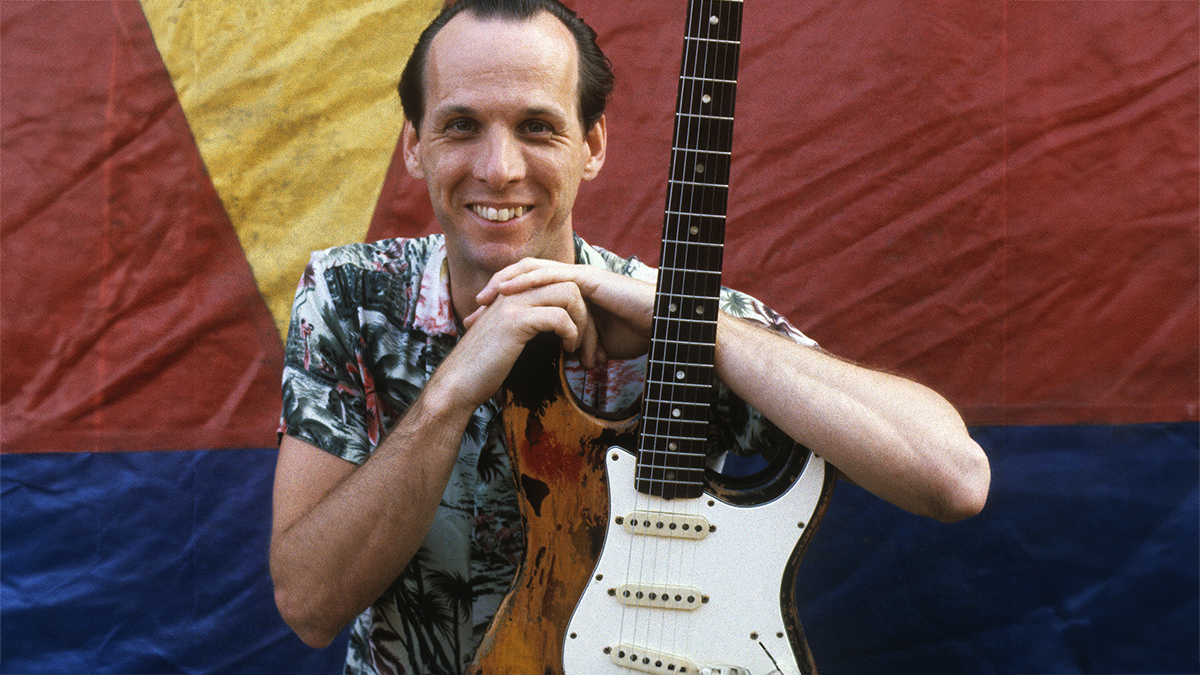
From his time with Frank Zappa through his work with David Bowie, Talking Heads and King Crimson, Adrian Belew could be spotted onstage with a battle-scarred sunburst-finish Fender Stratocaster. Given its history, that electric guitar may be one of the most storied Strats in the history of avant-garde rock. How it came to play such a vital role in Belew’s career is a tale in itself, one that began in the 1970s, when the guitarist was still a young unknown from Covington, Kentucky, who was suddenly dropped alongside Frank Zappa, an unflinching perfectionist guitar virtuoso.
As Belew reveals to Guitar Player, his Stratocaster was certainly not the prettiest or most expensive example — just one that he could afford. And he rode it all the way to his breakout success as one of the premier Strat-slingers in history. Here, the guitarist talks us through his history with the Strat.
How did you come to own your first Strat?
I was in a band and had been playing drums, but I was starting to play guitar again. I’d always wanted a Strat, so I bought one with a natural wood finish at [Chuck Levin’s] Washington Music Center [in Maryland]. I drove up from Nashville and bought it off the rack — the plainest, simplest, cheapest Stratocaster that I could buy.
This was the same Strat you went to California with when you auditioned for Frank Zappa?
It was. I took it to California and auditioned with Frank. After I got the job, I used it during our three-month rehearsal and then on a two-month tour of the United States. But that Strat never returned to my house; it was lost in the shuffle. It’s out there somewhere.
How did you go about replacing it?
At the time, I was living here in Nashville. I went down to a little music store, and in the back they had a kind of really ugly Strat hanging on the wall. It was a brown sunburst, and it didn’t have a case. But that was okay, because with all the travel we were doing, I knew I would get a serious road case for it. I paid $285 for the Strat.
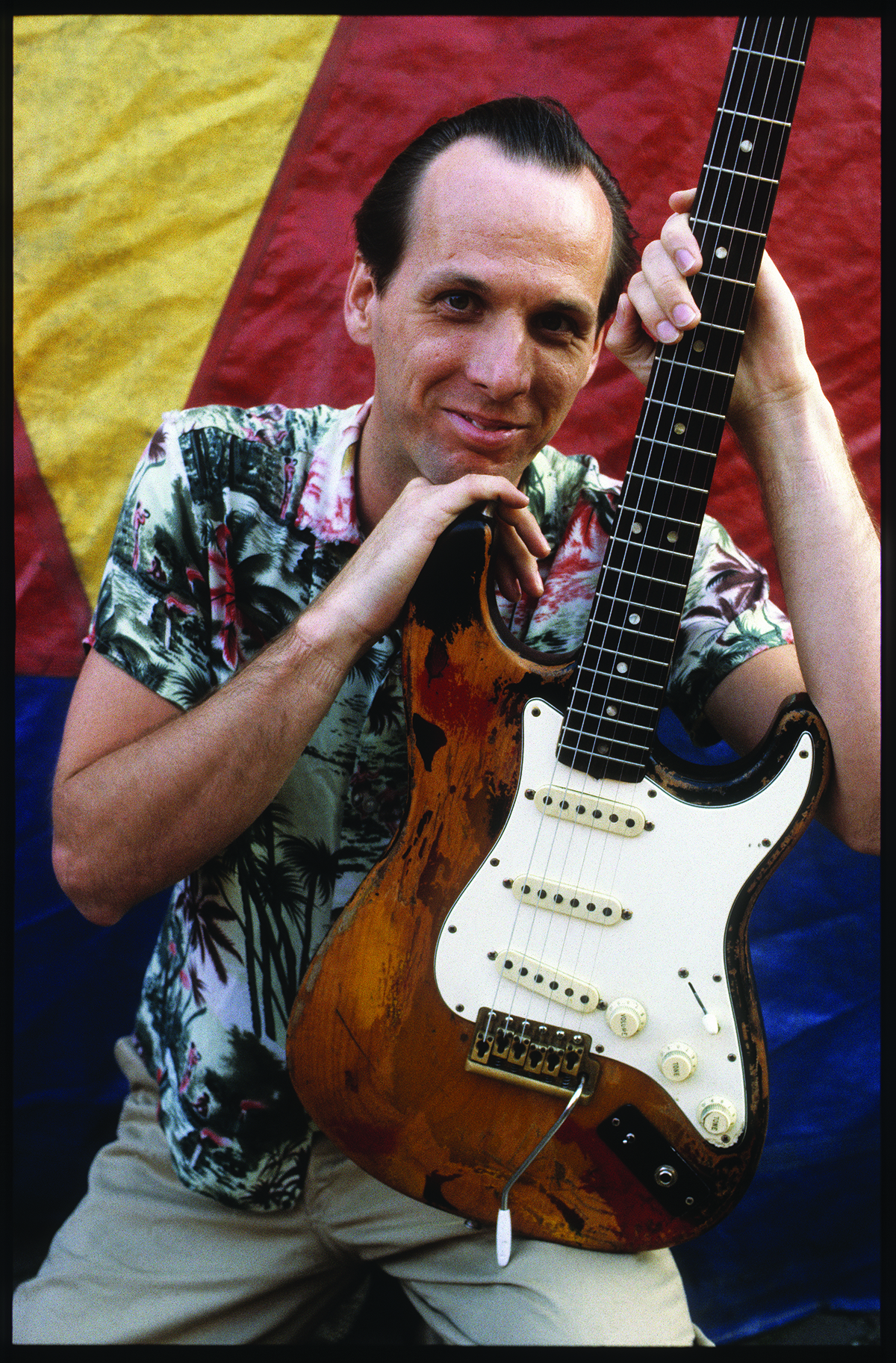
And that’s the guitar you ended up recording with while with Frank and beyond?
Yes. That’s the Stratocaster that I played on Frank’s records. And then I played it on David Bowie’s Lodger and toured the world with David with it. Then I played it with the Talking Heads, did the Remain in Light album with them, the Tom Tom Club album [with Talking Heads drummer and bassist Chris Frant\z and Tina Weymouth], Jerry Harrison’s solo debut, and so many other things.
Was that the same Strat you used in the 1980s with King Crimson?
It was. I played it with King Crimson on Discipline, and on my first solo record [Lone Rhino]. And then I finally switched to a guitar synthesizer. So that Strat has an amazing amount of history. It’s on a lot of records, and it only cost me 285 bucks!
What were some of the mods you performed on it?
When I first had one in the late ’70s, I put a [Alembic] Strat-o-blaster [preamp] in it. That really helped, but before that I just plugged the guitar straight into the amp. That’s the Stratocaster sound. It doesn’t have everything in terms of richness, overtones and sparkle... Well, maybe it does. It would depend heavily on the amp. But I’ve always gone into a compressor first, and that helped bring those sparkly notes and added sustain.
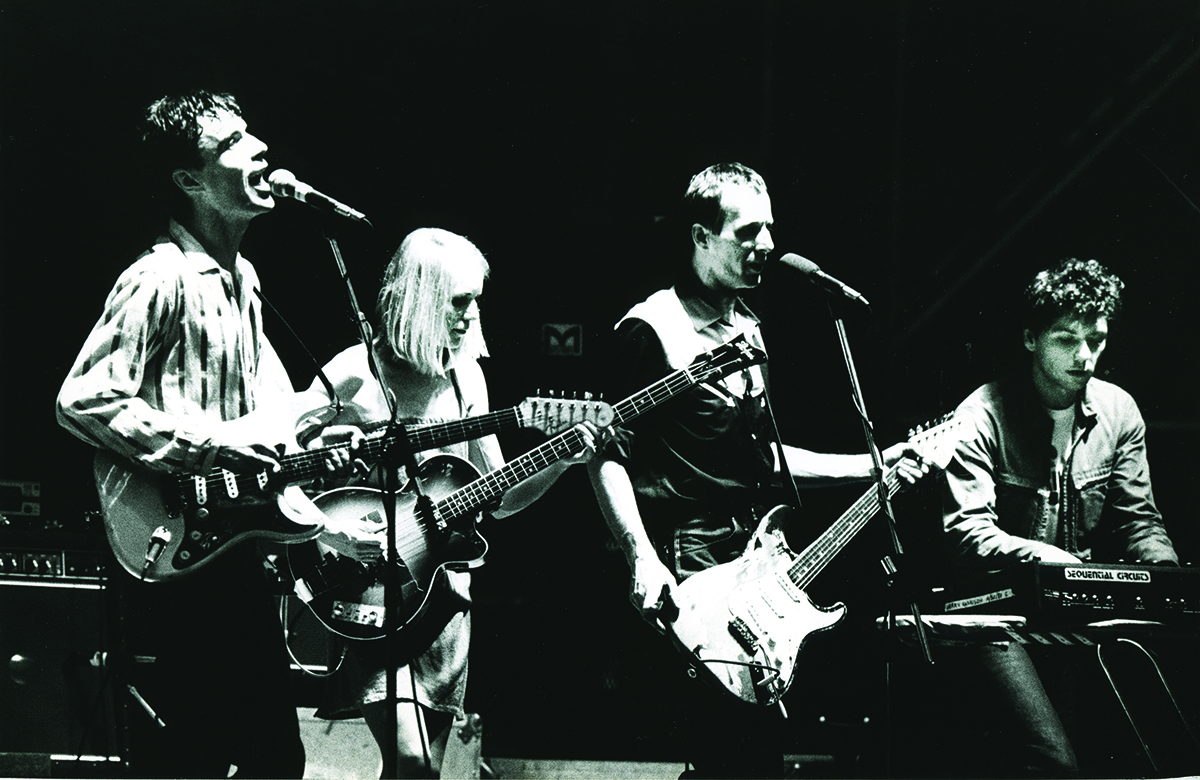
You found two winning Strats in succession in the 1970s. Is that indicative of the quality of older Stratocasters?
If you want to go right into the piece of wood called a Stratocaster, they’re different. You might pick one up and it seems flat sounding, but then you might try the one next to it and decide that it’s the one you should buy. I don’t know why that is. They’re made to the exact same tolerances, but they’re not the same.
What’s the key to finding the right one?
I think this is true for any guitar: It’s not about the sound coming off the guitar alone; it’s about how it feels under your fingers. Sometimes you pick up a guitar and it just feels right. I think that’s the Stratocaster you should have. For me, a Stratocaster is a fabulous tool. I think Leo Fender got it absolutely right, but there are other ways to go about it now and other improvements that have been made.
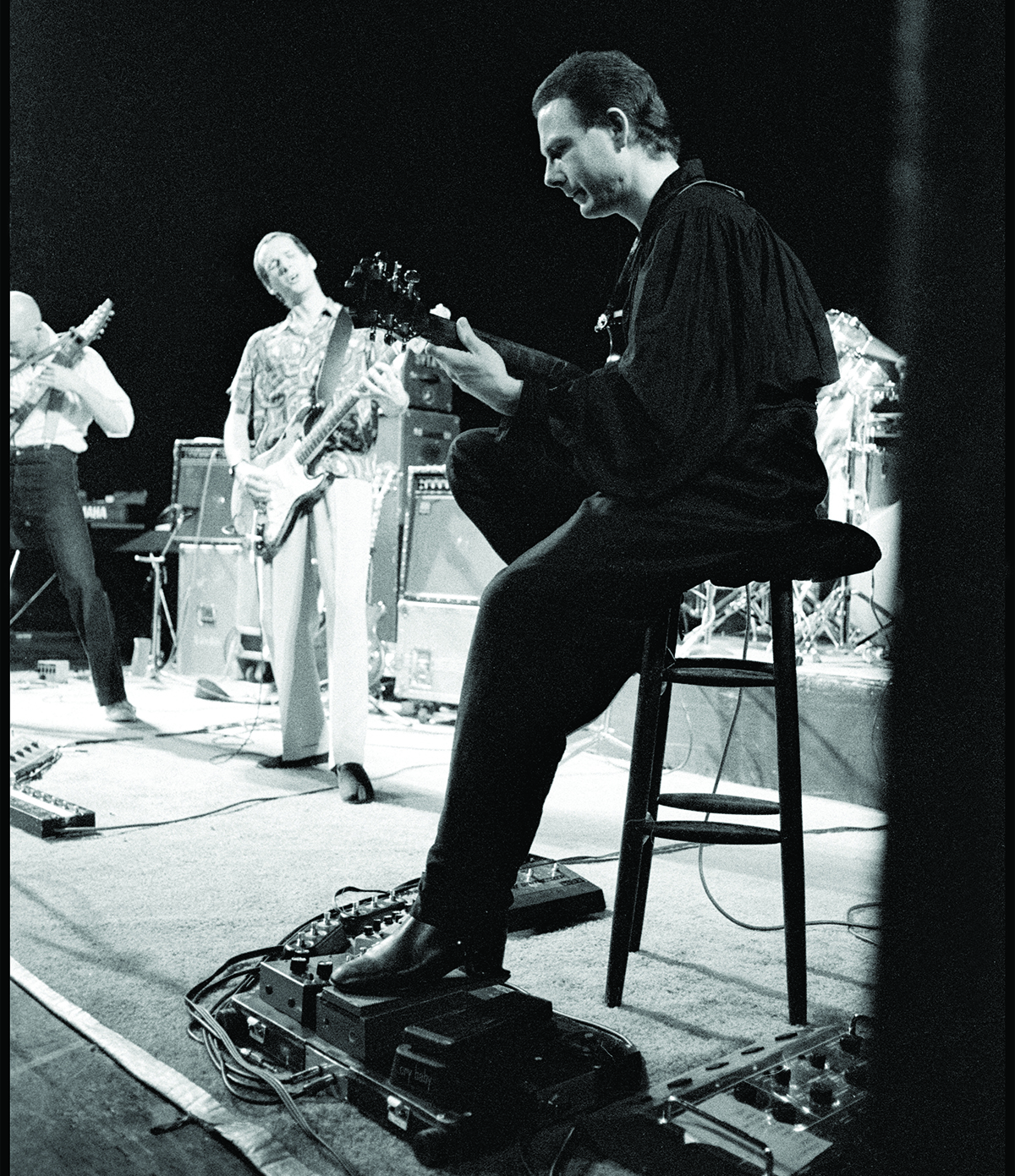
Do you prefer the depth of rosewood necks or the spank of maple?
I always loved rosewood necks. Recently I had some guitars made for the Talking Heads shows that I’ve been doing [Remain in Light] and I wanted to go back to Strats and get whatever was the best now. For example, I found a wonderful new tremolo to put on, and I went with a maple neck, thinking it was brighter for me. But I made a mistake; I think I’m a rosewood guy. I love the guitars, but if I had the chance to do it over again, I would have stuck with the rosewood.
You mentioned amps a moment ago. You’ve long championed the Roland Jazz Chorus. Is that what you’d choose to pair with a Strat, especially since it’s a great pedal platform?
Oh, gee. A Strat sounds great through a Fender amp. Now, with pedals… I don’t know. Like I said, I don’t play guitar — except acoustic guitar — without first putting it through a compressor. But that’s just me. Some people don’t like that sound. It seems to make the guitar hum a little better, and the notes have more sustain. I’ve always liked that.
But in general, Strats are really something. Once you have a good one and a good amp, you have 90 percent of the battle won. From there, it’s down to personal taste.
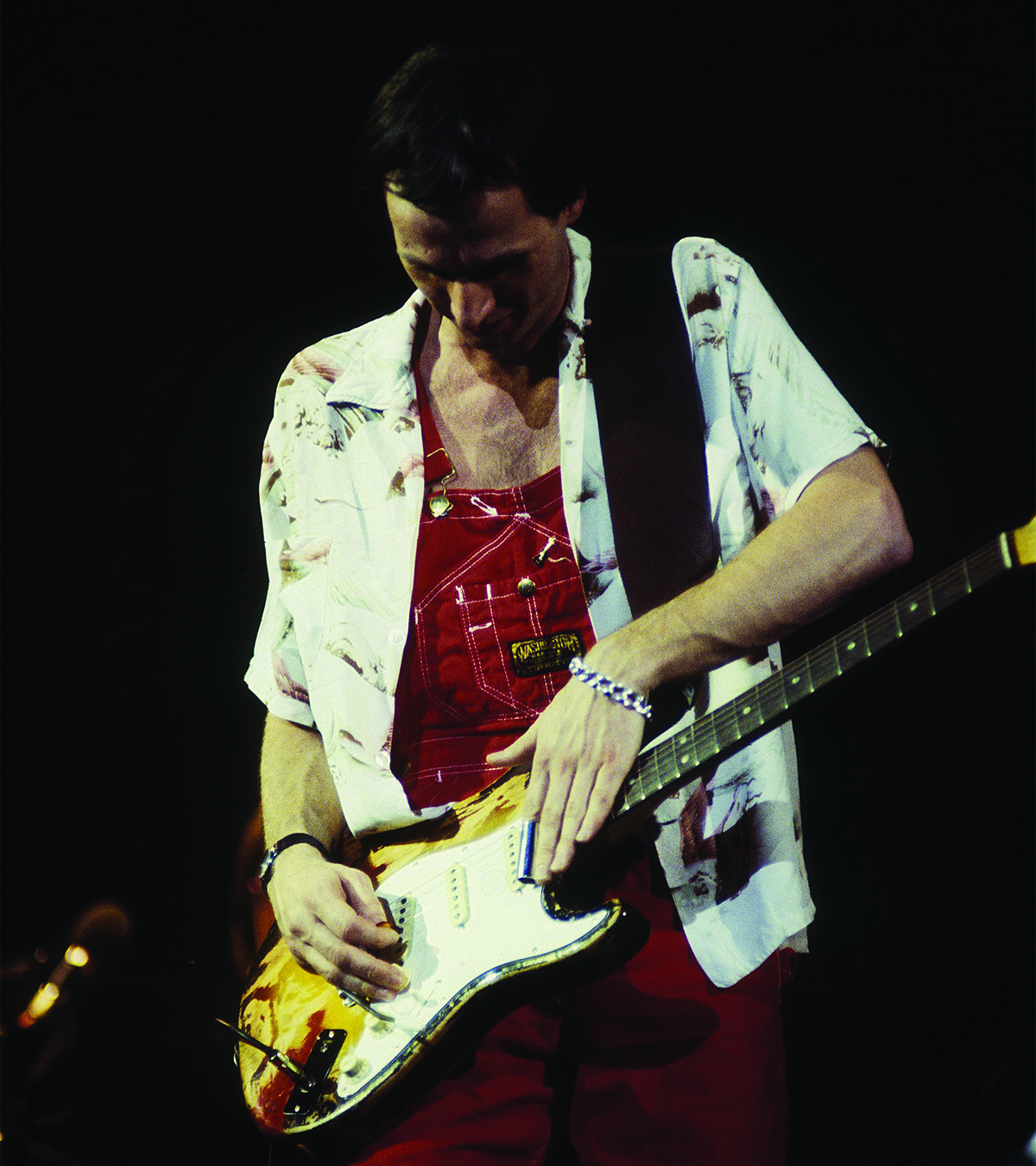
Get The Pick Newsletter
All the latest guitar news, interviews, lessons, reviews, deals and more, direct to your inbox!
Andrew Daly is an iced-coffee-addicted, oddball Telecaster-playing, alfredo pasta-loving journalist from Long Island, NY, who, in addition to being a contributing writer for Guitar World, scribes for Rock Candy, Bass Player, Total Guitar, and Classic Rock History. Andrew has interviewed favorites like Ace Frehley, Johnny Marr, Vito Bratta, Bruce Kulick, Joe Perry, Brad Whitford, Rich Robinson, and Paul Stanley, while his all-time favorite (rhythm player), Keith Richards, continues to elude him.
“They’re well-built guitars and sound great. The real surprise is why more guitarists don’t know about them today.” This 1965 budget axe is a vintage gem that’s becoming a hot commodity — and for good reasons
“A guitar with a wonderful history and many stories to tell”: Robert Plant is selling gear for charity and only one guitar remains – a golden-era Strat with a storied history

